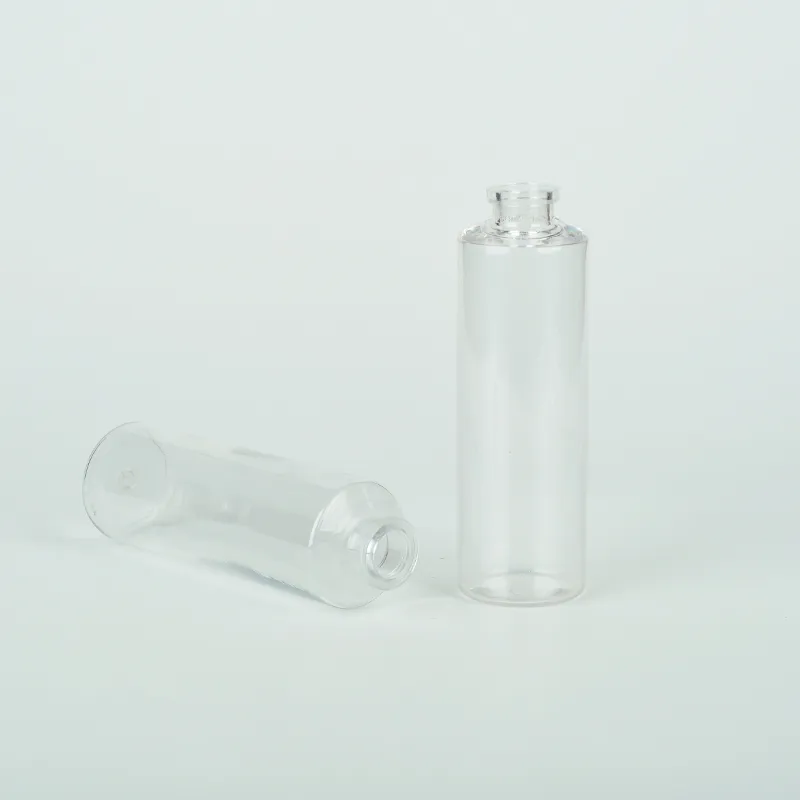serum clot activator tubes
Understanding Serum Clot Activator Tubes A Comprehensive Overview
In the realm of clinical diagnostics, the proper collection, handling, and analysis of blood samples are critical for accurate results. One vital component of this process is the use of serum clot activator tubes. These specialized tubes facilitate the rapid clotting of blood, allowing for the efficient separation of serum from cellular components for various laboratory tests. This article delves into the features, applications, and importance of serum clot activator tubes in modern medical practice.
What Are Serum Clot Activator Tubes?
Serum clot activator tubes are specifically designed vacuum tubes used for collecting blood samples intended for serum testing. These tubes are typically made of glass or plastic and contain a clot activator, a substance that promotes the coagulation process. Common materials for clot activators include silica and certain types of gel. When blood is drawn into these tubes, the clot activator interacts with the blood components, speeding up the clotting process and enabling the serum to separate more quickly from the formed elements (red and white blood cells, and platelets).
Composition and Design
The design of serum clot activator tubes enhances their functionality. They come in various sizes, commonly 5 mL, 7 mL, or 10 mL, depending on the volume of blood required for testing. The interior surfaces are often treated to improve clotting efficiency, and the tubes are fitted with color-coded caps indicating the presence of additives. For serum clot activator tubes, the cap is typically gold or orange, distinguishing them from other types of collection tubes.
Clotting Mechanism
When blood is collected into a serum clot activator tube, the clotting cascade is initiated almost immediately due to the presence of the clot activator. Typically, the blood will begin to clot within about 15 to 30 minutes, allowing the serum to be separated by centrifugation. The use of these tubes minimizes the time required for specimen preparation, enabling quicker turnaround for laboratory results, which is crucial in emergencies and when timely diagnosis is necessary.
Applications in Laboratory Testing
Serum obtained from clot activator tubes is indispensable for a wide range of diagnostic tests
. It can be used forserum clot activator tubes

1. Biochemical Tests These include tests for electrolytes, enzymes, hormones, and other biochemical markers that are essential in diagnosing various conditions, from metabolic disorders to organ function assessment.
2. Serology Tests Testing for antibodies and antigens related to infections and autoimmune diseases relies on serum samples.
3. Endocrine Testing Hormonal assessments, including thyroid function tests and adrenal function tests, require serum specimens collected in these tubes.
4. Therapeutic Drug Monitoring Measuring drug levels in the serum can help tailor treatment regimens for patients on medications with narrow therapeutic windows.
Importance of Proper Use
The integrity of blood samples collected in serum clot activator tubes is paramount for obtaining reliable laboratory results. Proper techniques in venipuncture, care during sample handling, and adherence to manufacturer guidelines regarding the fill volume and mixing are essential. Specimens should be processed within a specific timeframe to prevent degradation or alteration of analytes.
Conclusion
Serum clot activator tubes represent a critical tool in the landscape of clinical laboratory diagnostics. Their role in expediting the clotting process enhances the efficiency of serum sample collection and processing, thereby facilitating timely and accurate medical decision-making. As healthcare continues to evolve, the importance of such specialized tools will undoubtedly grow, emphasizing the need for both medical professionals and laboratory technicians to stay informed about best practices for specimen collection and handling. Understanding these elements not only improves patient care but also contributes to the overall efficiency of healthcare delivery.
In summary, whether you are a healthcare provider, a lab technician, or a student in the field, familiarizing yourself with the mechanisms, benefits, and proper use of serum clot activator tubes is essential to enhancing the quality of care in modern medicine.
-
Aesthetic Makeup Spray Bottles | Fine Mist Empty RefillableNewsAug.19,2025
-
White Plastic Veterinary Vaccine Vials | Lab Liquid BottlesNewsAug.18,2025
-
Plastic Medicine Liquid Bottle: Secure Flip Top Drug VialsNewsAug.17,2025
-
Durable 250ml Blue Plastic Vaccine Vial for Lab & Vet UseNewsAug.16,2025
-
Sterile Virus Sample Tubes: Secure & Reliable Specimen CollectionNewsAug.15,2025
-
White 250ml Plastic Vaccine Vial for Lab & Vet MedicineNewsAug.14,2025
























